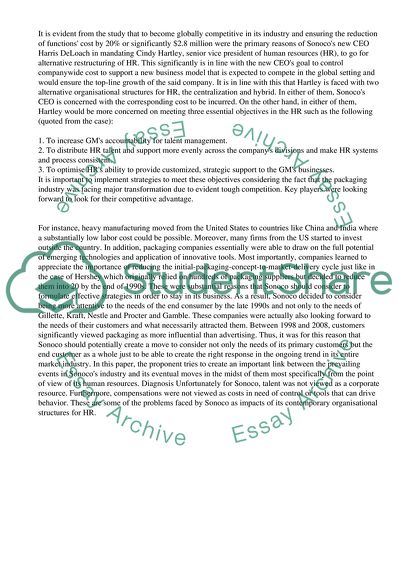Cite this document
(“Sonoco Products Company Essay Example | Topics and Well Written Essays - 2750 words”, n.d.)
Retrieved from https://studentshare.org/management/1394190-hr-case-study
Retrieved from https://studentshare.org/management/1394190-hr-case-study
(Sonoco Products Company Essay Example | Topics and Well Written Essays - 2750 Words)
https://studentshare.org/management/1394190-hr-case-study.
https://studentshare.org/management/1394190-hr-case-study.
“Sonoco Products Company Essay Example | Topics and Well Written Essays - 2750 Words”, n.d. https://studentshare.org/management/1394190-hr-case-study.


